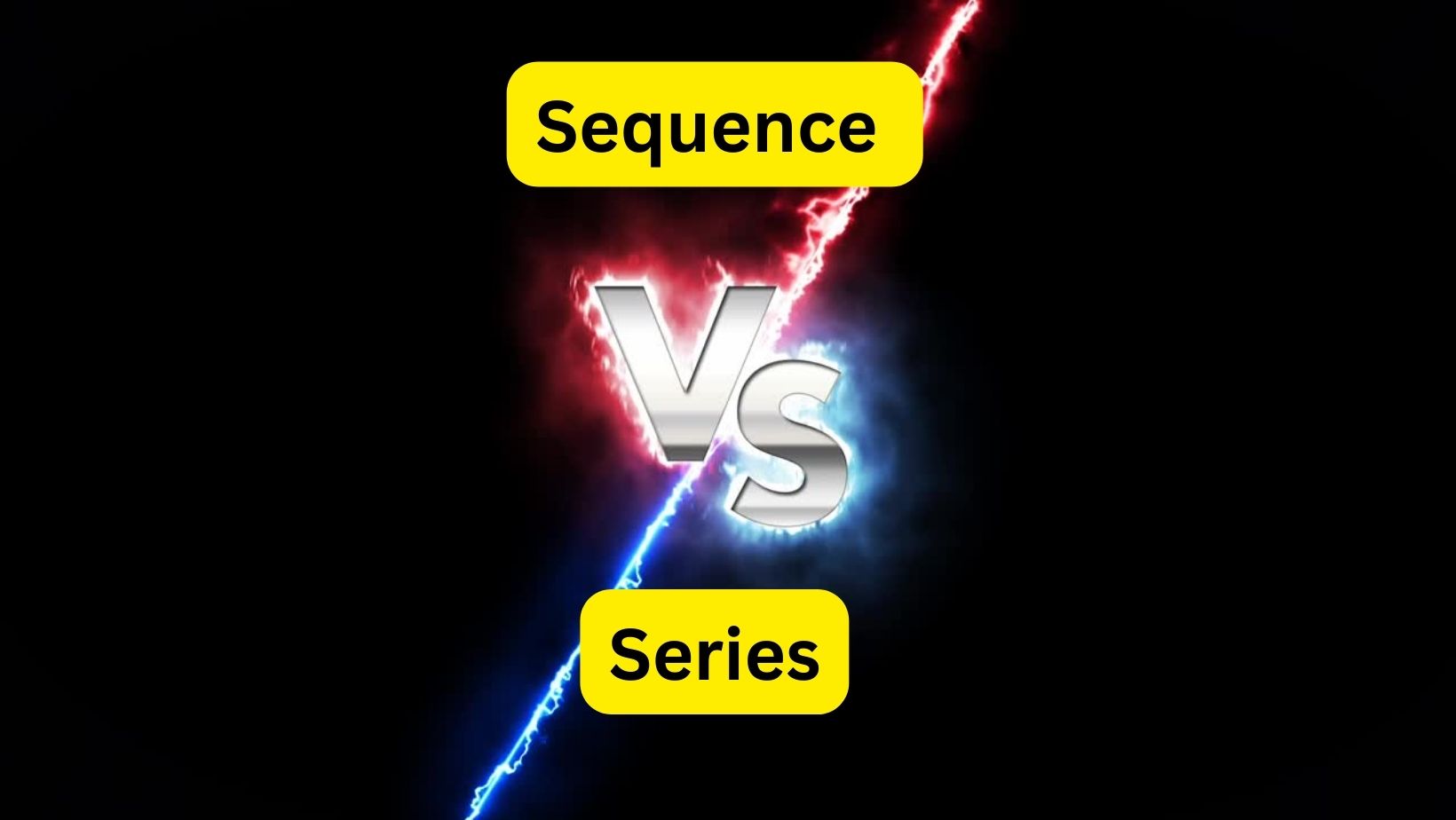
Do you wanna know what is the difference between sequence and series? Mathematics is a complex subject. Although many students confuse the two concepts, they can be easily distinguished. You can differentiate between sequence and series. Sequence is where the order of the sequence matters in the sequence, but series is different.
The two most important topics that deal with listing elements are sequence and series. It is useful in recognition of patterns such as solving puzzles and identifying patterns of prime numbers. The series is also important in differential equations as well as in the analysis process. Let’s discuss in detail the main difference between sequence and series. Let’s check below what is the differences between series and sequence.
What is the Difference between Sequence and Series
Sequence: A sequence is a list of numbers arranged in a particular pattern. Each number in the sequence can be considered a term. A sequence is 5, 10, 15, 20, 25, etc. The pattern will continue to be represented by the three dots at its end. This sequence shows that 5 is the first term; 10 is the next term; 15 is the third and so forth. Each term can have a common difference, and the pattern will follow the common difference. The common difference in the above example is 5. You can classify the sequence into several types such as:
- Arithmetic Sequence
- Geometric Sequence
- Harmonic Sequence
- Fibonacci Sequence
Series: A series is the sum of all elements in a sequence that does not have an order. This means that the series can be defined as a list of numbers with an addition symbol between them. You can classify the series as either a finite or an infinite series, depending on which type of sequence it is. The finite series has a list of numbers that ends, while the infinite series never ends. One example of a series is 1+3+5+7+. These are the different types of series:
- Geometric series
- Harmonic series
- Power series
- Alternating series
- Exponent series (P-series)
Conclusion
Sequences, in short, are a collection of numbers that are arranged according a specific rule. Each number should be arranged according to a clear, logical rule. The rule need not be mathematical, but it must be logical. This is called a sequence.
Example: 2, 3, 5, 7, 11, 13, 17 is an example of a sequence. Rule of thumb: Prime numbers
A series is a sequence that is made up of numbers and is added with + signs. The term “series” is used to refer to the sum of numbers, not the sum.
Example: The sequence associated with the first 6 odd numbers is 3+5+7+9+11+13






